The greatest movies NEVER made (part 5) - Orson Welles' HEART OF DARKNESS
Orson Welles is probably the filmmaker who had the longest list of aborted projects EVER (the runner-up being Stanley Kubrick and Terry Gilliam). However, I want to focus on "Heart of Darkness" because this was supposed to be his first feature movie in Hollywood.
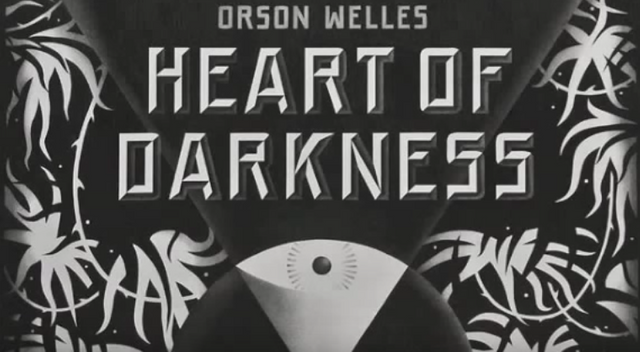
The story and its adaptation
Heart of Darkness is a short novel (or novella for the pedants) by Joseph Conrad. It narrates the journey of Conrad's alter ego "Marlow" on a steamboat up the Congo river to find the trace of Kurtz on behalf of the colonial company who hired him to manage the ivory trade. Kurtz, it is said, has gone "native" or even worse, and Marlow won't lose time to find traces of his madness, which, among the atrocities of the colonial entreprise, might even be considered sanity...
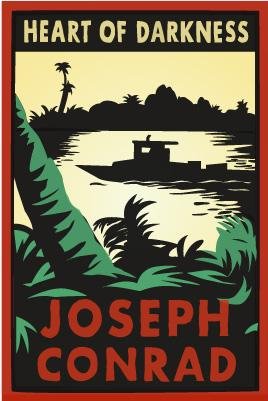
The script that Orson Welles wrote follows broadly Conrad's story, but makes a few changes (you can read it HERE by the way). First of all, London is not the prime location of the novel, but New York. Marlow is therefore not anymore and English but an American sailor, who recalls the time he went in Europe and got hired by a colonial company to lead a steamboat in Africa.
Moreover, Orson Welles chose to add a love interest in the person of Elsa Gruner. She is the only woman on the "first station" at the mouth of the big river. There is a similar character in the novel, Kurtz's intended, but she stays in Europe. Here, Orson Welles decides to give her proeminence. Elsa accompanies Marlow on the steamboat in search for Kurtz.
The novel being at the first person, an uninterrupted flow of consciousness from the narrator, Orson Welles employs a great deal of voice over. But the supreme artistic choice made is to choose to film this movie in subjective camera.
A left-field production design
Nowadays, the spectator point of view device is well known, used and abused. But at the beginning of the XXth century it was still quite a revolutionary device, an "artistic" declaration. For Heart of Darkness, it made sense in two senses: first of all because of Marlow's first person narrative. Anything in the story is what has seen, heard and done Marlow. But also, one must bear in mind that at that time most people knew Orson Welles as a radio star, whose voice was known all other the country. Maybe Orson Welles and RKO wanted to capitalize on that popularity and charm the public with his voice and his voice only.
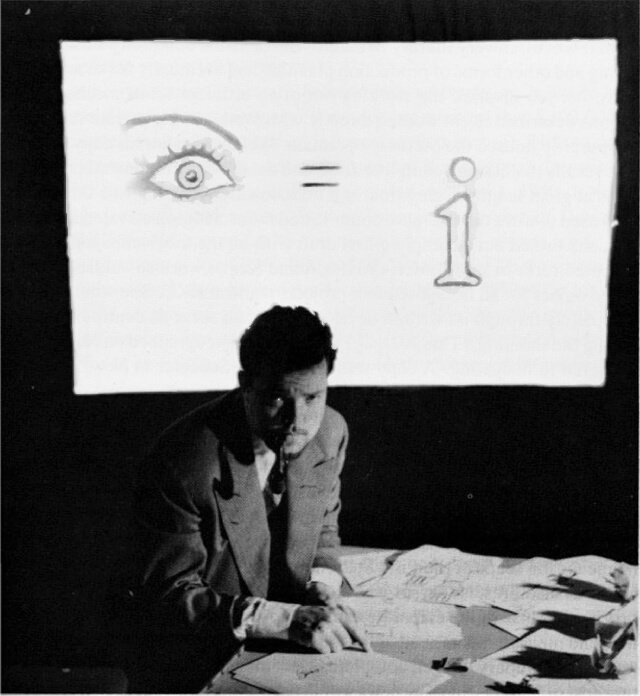
The device was considered so artsy that 10 pages of the script are devoted to an "introduction" where Orson Welles playfully shows how the movie is going to be shot to the spectator. Read for yourself:
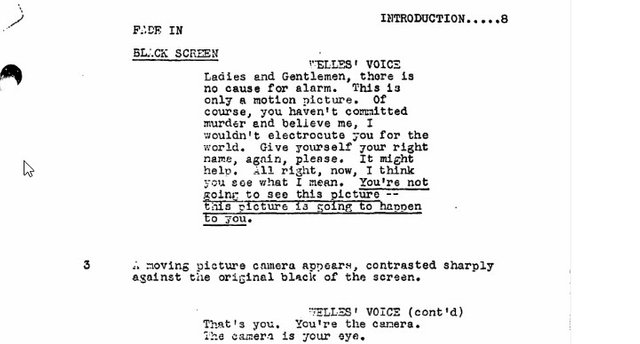
An introduction which might have been asked by the RKO production in fear of alienating spectators not used to the subjective camera.
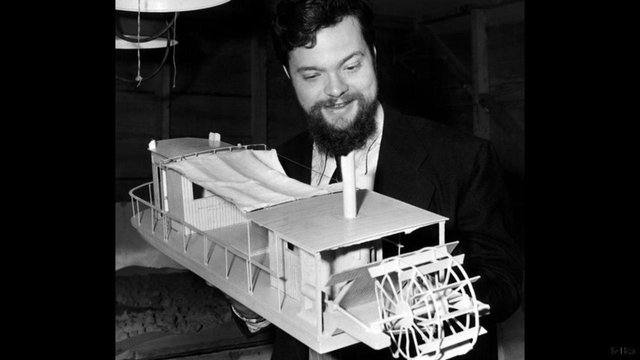
Orson Welles inspecting a wooden model of the steamboat which would be used for the movie.
The underlying theme and political message
Of course, the year is 1940 and the movie had clear political undertones. If colonialism and the exploitation of "inferior races" was a theme of Conrad's novel, Orson Welles uses the story to aim at the totalitarism which was on the edge of swallowing Europe. At the end of the script, Orson Welles add lines for Kurtz which are crystal clear: "There's a man now in Europe trying to do what I've done in the jungle. He will fail. In his madness he thinks he can't fail--but he will. A brute can rule only brutes." But as you can see, Orson Welles also adds a touch of optimism. Kurtz himself knows that his efforts and the efforts of "the man in Europe" are doomed.
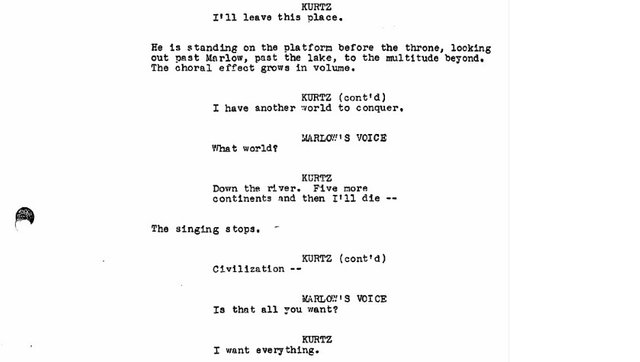
[A screenshot from the script]
When Plan B becomes the Best Plan.
Eventually, the project was abandoned by RKO. Too costly, too artistic, too political, Heart of Darkness was put on hold, in spite of months of all the shots being pre-planned, all the preparations done, and all the cast chosen. Orson Welles started to look for a new project and settled on a script by Herman Mankiewicz which would end up to be the groundbreaking "Citizien Kane". In hindsight, it's probably a better thing, because Welles had to forget his subjective camera fixation and that gave him much more latitude to play and invent with the camera and the montage of his new movie - with the success everyone knows today. Moreover, Citizen Kane also focuses on the megalomaniac tendencies of the human race.
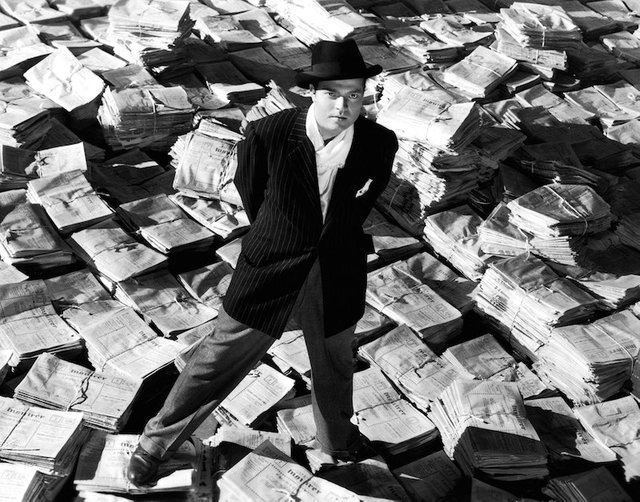
The alternatives
Along the years, Heart of Darkness has never ceased to inspire and fascinate the cinematographic industry. The most famous example being Coppola's loose adaptation in APOCALYSPE NOW.
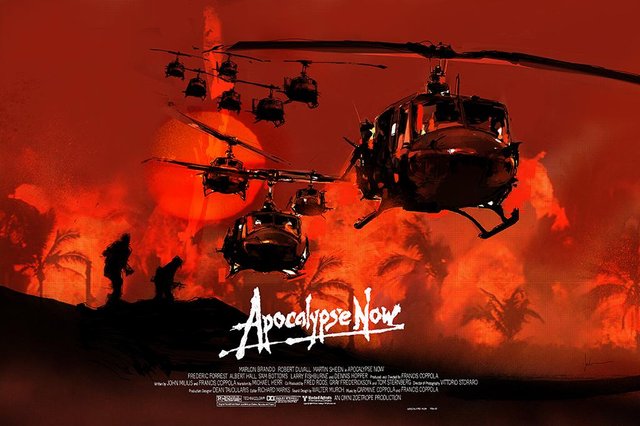
However, there is a not very well known television movie, very "loyal", which we owe to the British filmmaker Nicholas Roeg and done in 1993. It even recreates the exact same steamboat on which Joseph Conrad navigated the Congo river at the end of the XIXth century, and boasts a very strong cast with John Malkovich as Kurtz and Tim Roth as Marlow.
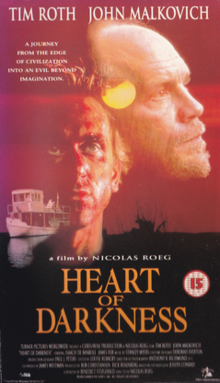
Sources:
http://www.openculture.com/2014/08/orson-welles-adapts-heart-of-darkness.html
https://fr.scribd.com/document/200623651/Heart-of-Darkness-by-Orson-Welles
Great post! That is some really interesting stuff. Thank you for sharing! :)
Thanks! :)